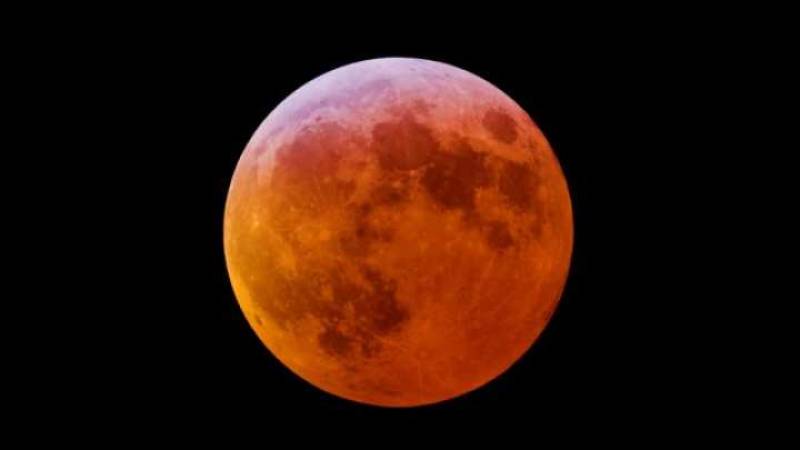The ‘Once in a Blue Moon’ astronomical event is scheduled for August 30. Despite its name, the “blue moon” wouldn’t truly be blue; instead, it would be an alluring hue of orange.
What is a Blue Moon?
A supermoon or full Moon that occurs simultaneously with a perigee—the point in the Moon’s orbit when it is closest to Earth—defines a Blue Moon as an astronomical event.
Blue moons are not a very uncommon occurrence in the sky. According to Space.com, last Blue Moon was sighted in August 2021.
A year normally has 12 lunar cycles, which last a total of 354 days, given that the average moon phase lasts roughly 29.5 days. This indicates that an extra 13th full moon occurs in a given year approximately every 2.5 years.
The super blue moon, which marks the conclusion of a four-part lunar phenomenon, will be visible Thursday evening and will be the third-largest moon this year. The phrase “blue moon” has nothing to do with the colour of the moon; rather, it describes when there are two full moons in a row.
The size and brightness of the Super Blue Moon will be somewhat increased. Supermoons appear to be around 40% bigger and 30% brighter than typical full moons.
Although it is visible with the naked eye, the size difference would not be apparent to the unassisted eye. Binoculars might make it easier to see the Super Blue Moon.
How to watch?
One should observe the moon just after sunset during the hours of dusk to get the best view of the full moon. On August 30, at about 8:37 PM EDT, the Super Blue Moon will be visible.













